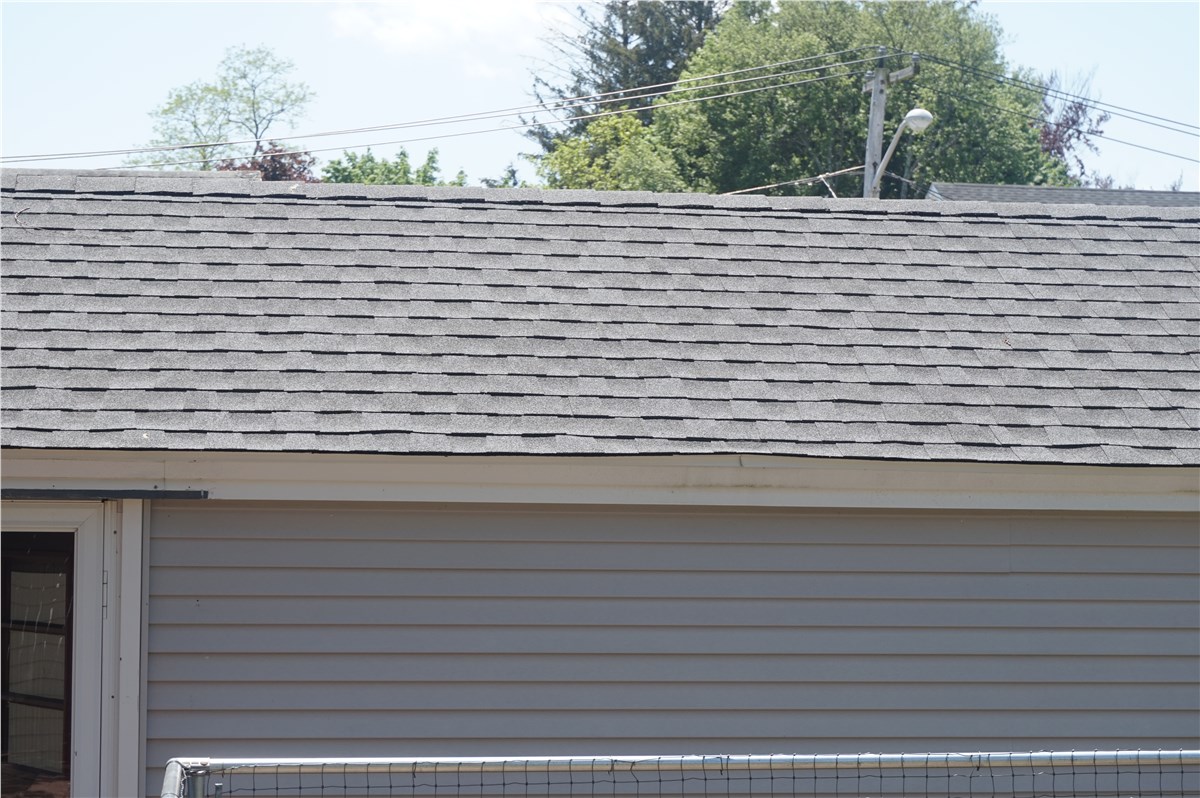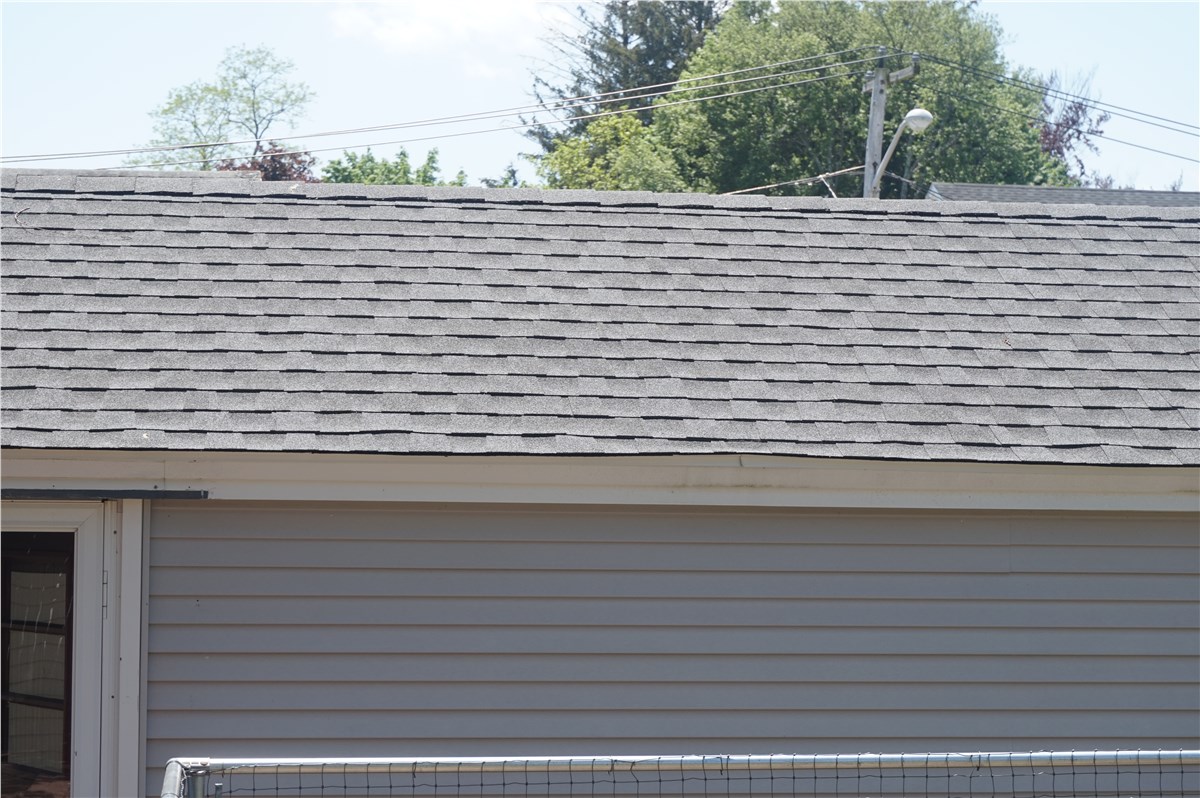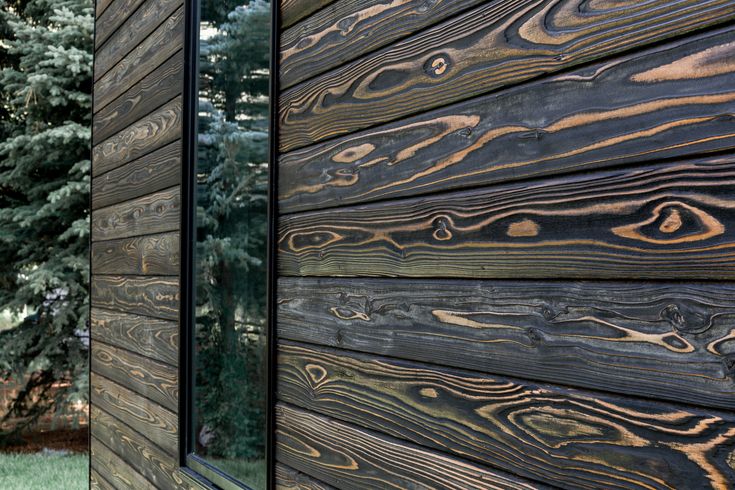Exploring Affordable Siding Options: A Comprehensive Guide
Embark on a journey through the realm of affordable siding, where we unravel the mysteries of cost-effective solutions for your home. From budget-friendly materials to installation tips, this guide has everything you need to know to make an informed decision.
Delve into the world of siding as we explore different types, costs, maintenance, and energy efficiency, providing you with valuable insights to enhance the curb appeal and functionality of your home.
Types of Affordable Siding
When it comes to affordable siding options, there are several materials available in the market that can fit various budgets and preferences. Each type of siding has its own set of pros and cons, making it important to consider factors like durability, maintenance, and aesthetic appeal before making a choice.
Here are some common types of budget-friendly siding materials:
Vinyl Siding
Vinyl siding is one of the most popular choices for affordable siding. It is cost-effective, easy to install, and requires minimal maintenance. However, it may not be as durable as other options and can crack or fade over time. Despite this, vinyl siding comes in a variety of colors and styles, making it a versatile option for homeowners on a budget.
Fiber Cement Siding
Fiber cement siding is another affordable option that offers durability and resistance to elements like fire and pests. It is low-maintenance and can mimic the look of wood or stucco. However, fiber cement siding can be heavier to install, requiring professional help, and may be more expensive upfront compared to vinyl siding.
Engineered Wood Siding
Engineered wood siding is a blend of wood fibers and other materials, providing a more budget-friendly alternative to natural wood siding. It offers a similar aesthetic appeal to wood but is more affordable and easier to maintain. However, engineered wood siding may not be as durable as natural wood and could be prone to moisture damage if not properly installed and maintained.Overall, each type of affordable siding material has its own advantages and drawbacks, so it's essential to weigh the options carefully based on your budget, maintenance preferences, and desired aesthetic.
By choosing the right siding material, you can enhance the curb appeal of your home while staying within your budget constraints.
Installation Cost Factors
When it comes to installing affordable siding, there are several key factors that influence the overall cost. Understanding these factors can help homeowners make informed decisions and potentially save money in the process.The size of the project plays a significant role in determining the cost of installation.
Larger projects will naturally require more materials and labor, resulting in higher overall costs. Additionally, the complexity of the project, such as the shape of the house and any unique architectural features, can also impact the cost.Labor costs are another crucial factor to consider.
The rates charged by contractors can vary depending on their experience, location, and the scope of the project. Homeowners should obtain multiple quotes from reputable contractors to ensure they are getting a fair price for the work.The choice of materials can greatly affect the affordability of siding installation.
Opting for more cost-effective materials, such as vinyl or fiber cement, can help reduce overall costs without sacrificing quality. It's essential to balance the upfront cost of materials with their durability and maintenance requirements to ensure long-term value.To reduce installation costs without compromising quality, homeowners can consider the following tips:
- Get multiple quotes from different contractors to compare prices and services.
- Schedule installation during the off-peak season when contractors may offer discounts.
- Opt for standard colors and finishes to avoid additional customization costs.
- Consider DIY options for simple siding projects if you have the necessary skills and tools.
By understanding these installation cost factors and implementing cost-saving strategies, homeowners can achieve affordable siding installation without sacrificing quality or durability.
Maintenance and Longevity
Maintaining affordable siding is crucial to ensure its longevity and durability over time. Different types of budget-friendly siding options have varying maintenance requirements, which can impact their lifespan.
Maintenance Requirements
- Vinyl Siding: Vinyl siding is relatively low maintenance, requiring occasional cleaning with a mild detergent and water. Inspect for any cracks or damage that may need repair.
- Fiber Cement Siding: Fiber cement siding needs to be painted every few years to maintain its protective coating. Regular inspections for moisture damage and repainting when necessary are essential.
- Wood Siding: Wood siding requires regular staining or painting to protect it from moisture and pests. Inspect for rot, mold, or insect damage and address promptly.
Longevity and Durability
- Vinyl Siding: Vinyl siding can last 20-40 years with proper maintenance and care. It is durable against weather elements and insects, making it a long-lasting option.
- Fiber Cement Siding: Fiber cement siding has a lifespan of 30-50 years when properly maintained. It is resistant to fire, moisture, and pests, enhancing its durability.
- Wood Siding: Wood siding can last 20-30 years with regular maintenance. It provides a classic look but requires more upkeep to prevent damage from moisture and insects.
Impact of Proper Maintenance
- Regular cleaning and inspections can help identify issues early on, preventing costly repairs or replacements.
- Repainting or resealing as needed can extend the lifespan of affordable siding options, saving money in the long run.
- Addressing any damage promptly and following manufacturer guidelines for maintenance can significantly increase the durability of budget-friendly siding.
Energy Efficiency
When it comes to affordable siding materials, energy efficiency is a crucial aspect to consider. Not only does energy-efficient siding help in reducing heating and cooling costs, but it also plays a significant role in maintaining a comfortable indoor environment.
Insulation Properties of Budget-Friendly Siding Options
Various budget-friendly siding options offer different insulation properties that can impact the energy efficiency of a home. Here is a comparison of some common affordable siding materials:
- Vinyl Siding: Vinyl siding is known for its insulation properties, helping to keep the indoor temperature stable and reducing the need for excessive heating or cooling.
- Fiber Cement Siding: Fiber cement siding provides excellent insulation, making it a great option for energy-efficient homes. It helps in reducing energy consumption by keeping the interior comfortable.
- Engineered Wood Siding: Engineered wood siding offers decent insulation, although it may not be as effective as vinyl or fiber cement. However, it still contributes to improving energy efficiency.
Saving on Heating and Cooling Costs
Energy-efficient siding plays a crucial role in helping homeowners save on heating and cooling costs. By reducing heat loss during winters and heat gain during summers, energy-efficient siding helps in maintaining a consistent indoor temperature without overworking the HVAC system.
Last Point
As we conclude our exploration of affordable siding, remember that the key to a successful home improvement project lies in informed choices and proper maintenance. With the right knowledge and resources, you can transform your home with durable, cost-effective siding that enhances both aesthetics and energy efficiency.
Questions and Answers
What are the best budget-friendly siding options?
Some popular choices include vinyl, fiber cement, and engineered wood, known for their affordability and durability.
How can homeowners reduce installation costs?
Homeowners can save on labor costs by tackling smaller projects themselves or by obtaining multiple quotes from different contractors for comparison.
What is the typical lifespan of affordable siding materials?
The longevity of siding materials varies, but with proper maintenance, they can last anywhere from 20 to 50 years depending on the type of material.
How does energy-efficient siding help save on heating and cooling costs?
Energy-efficient siding materials provide better insulation, reducing heat transfer and keeping homes cooler in summer and warmer in winter, resulting in lower energy bills.


